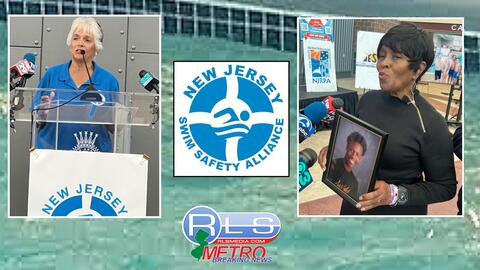By: Richard L. Smith
In a major statewide initiative unveiled on Tuesday, the New Jersey Swim Safety Alliance (NJSSA) introduced its first-ever comprehensive water safety strategy, aiming to reduce drownings by 30% by 2030.

RLS Media was on-site for the 11 a.m. event at the Salvation Army Kroc Center in Camden.
Drawing on more than 200 stakeholders, two Garden State Water Safety Summits (2023–24), and inspiration from the national 10-year plan, the NJSSA crafted a plan tailored to New Jersey’s unique mix of pools, lakes, beaches, and rivers.

New Jersey joins California and Hawaii as the third state to adopt such a roadmap.
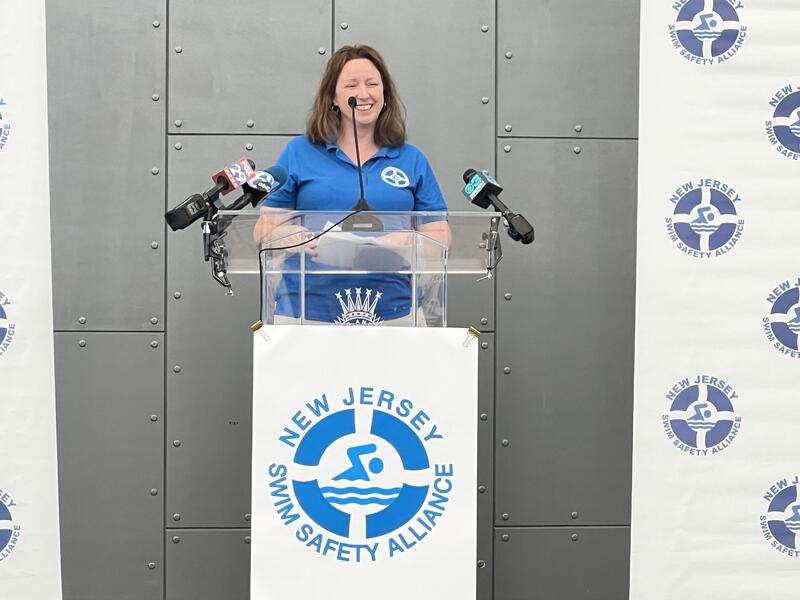
The strategy focuses on six key areas: data consolidation, swim awareness campaigns, drowning prevention, lifeguard training, sustainable funding, and inter-agency collaboration.
“Our vision is clear—make swimming a universal life skill and change the course of water safety in New Jersey,” said NJSSA Chair Cait Waxler. Hosted with support from NESPA and the Zac Foundation, the plan will be a living document accessible via njswimsa.org, with annual reviews.
The launch coincided with the kick-off of the 2025 Bathing Suit & Goggle Drive, a partnership between NJSSA, the New Jersey Recreation and Park Association, and Dolfin Swimwear, supplying underserved children with essential swim gear so they can safely attend lessons.
Judith Leblein‑Josephs, co-author of the plan, emphasized the transformative power of collaboration: “Covid taught us everybody was in a silo…until we joined together as one. Children lose their lives needlessly—often minority kids in urban areas. We want to break that cycle.”
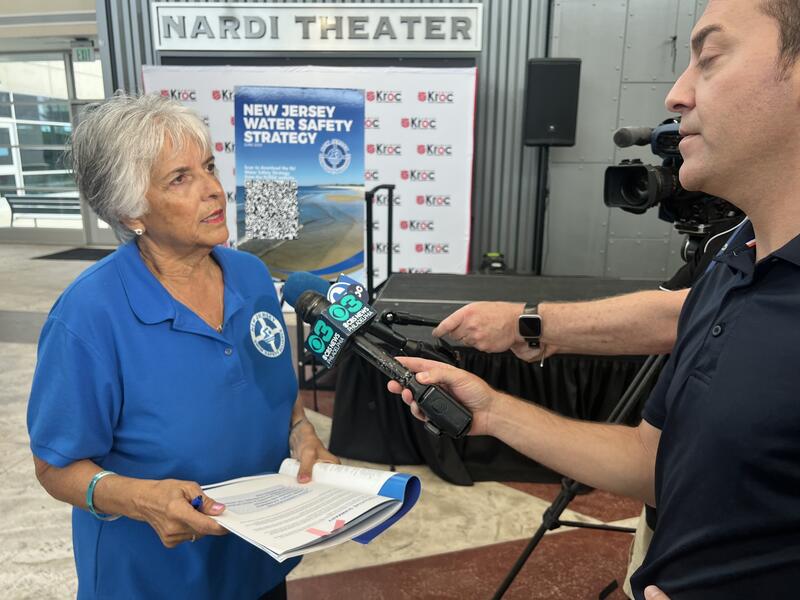
She also noted the need to elevate lifeguards: “We’re going to work hard to make them first responders and give them the benefits they deserve.”
Two survivors-turned-advocates also spoke at the event.
Curlie Jackson, whose grandson Naisere Nelson drowned in 2011, shared, “To know there are others who have the same desire to prevent drownings…is extremely important to me.”
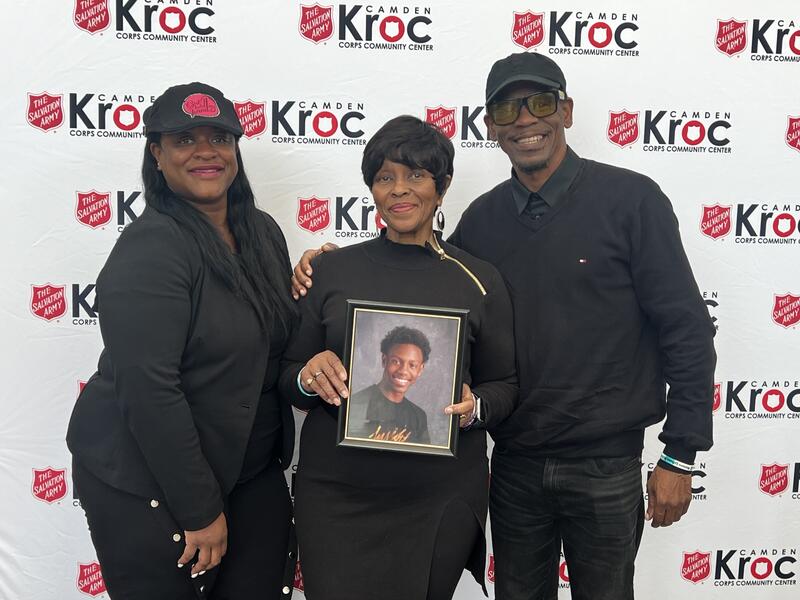
Jackson lost her grandson, Naisere Nelson, on June 9, 2011, in a tragic drowning accident at Bradley Beach.
Jackson said the Naisere of Neptune had gone to the beach after school with friends on a warm day when a sudden change in the water’s conditions pulled him under. His friends recalled that he was the farthest out when the surf turned dangerous.
Since his passing, Jackson has become a passionate advocate for water safety, distributing bracelets in her community to raise awareness and prevent similar tragedies.
She said she distributes bracelets bearing her grandson’s name to raise awareness.
Connie Ercol, who lost her 14-month-old daughter in 1992, stressed parental supervision: “Victoria lived for 23 hours…be present with your child.”
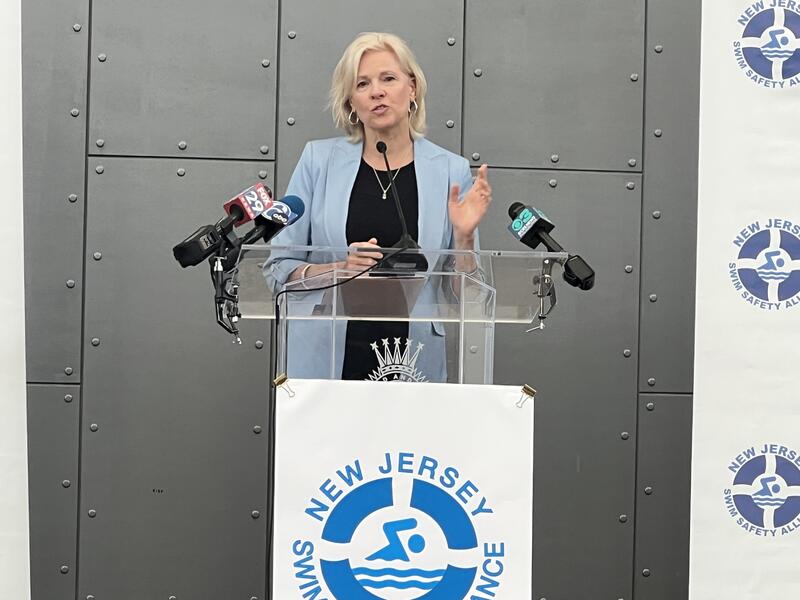
Local outlets reported that New Jersey typically sees around 64 drowning deaths annually, including about 10 children under 14.
The new plan promises to standardize data collection, run public awareness campaigns like the World’s Largest Swimming Lesson, support lifeguards with better training, and encourage statewide cooperation.

With summer weather already warming up, NJSSA urges families to embrace preparedness—grab swim gear, schedule lessons, and learn critical safety skills. As Judith Leblein‑Josephs reminded attendees: “If your kids are in the water, you should be in the water, too.
This initiative marks a pivotal moment in New Jersey’s effort to save lives and build a safer aquatic future.
